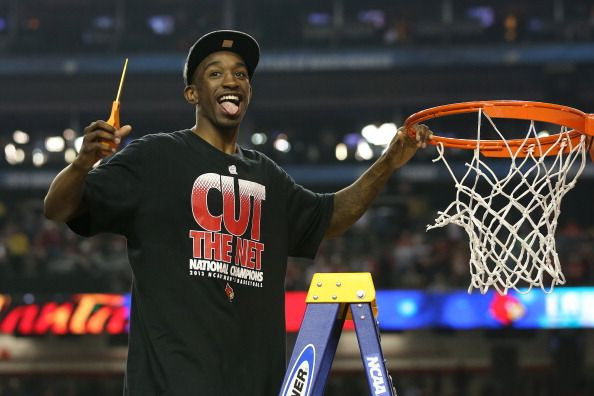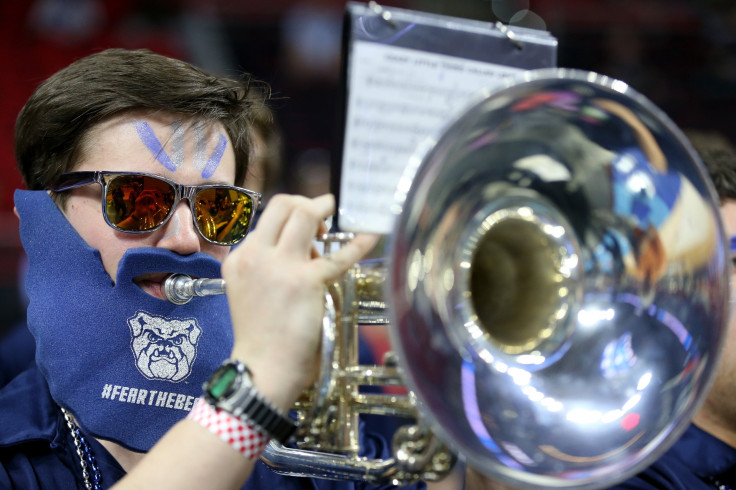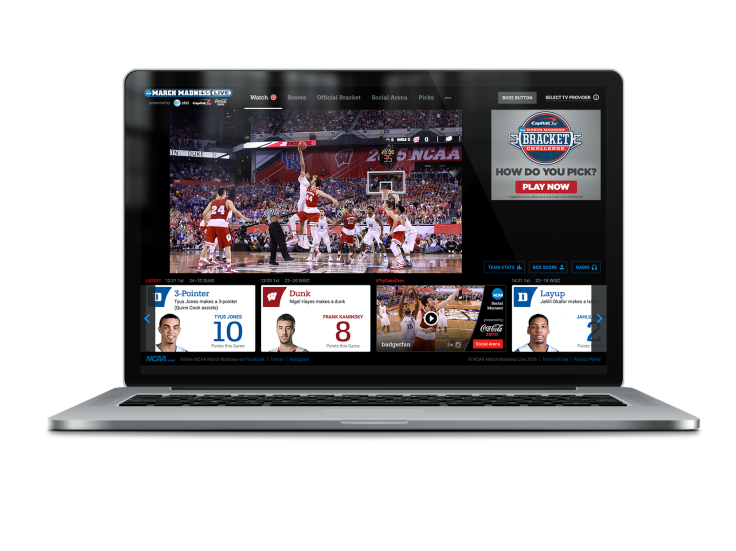March Madness 2016 Live Streaming: NCAA Tournament A Big Online Event, But Cable Still Rules

In cubicles across America Friday, many sports fans who are ostensibly working will at some point move their cursor to the search bar in their computer's browser and click open a live stream of March Madness. But even as the NCAA men's college hoops tournament will be watched by millions online this year, fans who want to cut out their cable bill completely still face a long road ahead.
Despite a growing demand to stream big games online, many of the most important matchups of the NCAA tournament require a cable-subscription login for online viewers. Games broadcast on CBS, which shares the televising rights with Turner Broadcasting System, offer free streams across multiple platforms, while games on Turner channels — TBS, TNT and truTV — require a cable subscription login to stream after a free, three-hour test run expires.
"So, it's like: 'Hey, young people, you can stream, but you need pay TV to log in … and if you don’t have that, eh, too bad, we’ll give you three hours to taste it," said Tom Richardson, founder of the consulting firm Convergence Sports & Media and former vice president at AOL Sports.

A growing number of people are leaving pay TV (satellite and cable), instead relying on services and products like Netflix, Hulu, Amazon Prime, Apple TV and Roku. According to the Pew Research Center’s Home Broadband 2015 study, 19 percent of adults age 18-29 have severed ties with cable or satellite services. Another 16 percent in that demo said they'd never had pay TV. For adults as a whole, 15 percent qualified as cord-cutters, while another 9 percent never had a cable or satellite service.
At a time when the average cable subscription nationwide costs about $99 per month, Pew found 71 percent of those without pay TV said they passed on it because it was too expensive. And even those that have kept cable want "skinny bundles" with fewer channels and lower prices.
Sports leagues and broadcasters, however, count on the billions of dollars associated with TV deals and have been reluctant to put games online for free even as they have been pressured by fans to take a few steps in that direction. The NBA began offering last year single-game streams for $6.99, while the NFL for the first time offered a game only online through Yahoo in October, and has looked to sell non-exclusive streaming rights to its Thursday Night Football slate of games. March Madness Live, meanwhile, garnered a record 80.7 million video streams in 2015, a 17 percent year-to-year increase over the year prior.
The NCAA tournament is an important, and closely watched, online event because much of the action takes place during working hours, when a computer or smartphone screen might be a fan's only option. It's both an introduction to streaming for many fans and a barometer for interest in online sports video.
"Usually [sporting events] save the good stuff for the viewable hours, but here you've got lots of important things happening during the day," Richardson said. "You use the best available screen."

CBS and Turner agreed to pay in 2011 nearly $11 billion to share the rights to the NCAA Tournament. And as live sports have continued to prove reliable ratings monsters, the ad dollars have come in bunches for March Madness, which last year alone brought in $1.19 billion in TV ad revenue.
"The sports leagues will never go internet-only and lose billions of dollars," said Dan Rayburn, a streaming/online video expert and executive vice president of StreamingMedia.com.
It's not just a cable login that's keeping some fans from really enjoying big games online. Streams, while growing increasingly reliable, lag well behind traditional TV broadcasts. And should millions more fans navigate to using only online options, the typical worries of stream providers would multiply. Those worries include securing bandwidth (and the associated costs), server failures, app issues and a host of other problems, including largely unfixable issues like poor internet connections on the user's end.
"The biggest challenge of any live event is there are a lot of single points of failure," Rayburn said. "All the pieces have to align perfectly. If any of those points don’t align, it takes down the whole stream."
Hania Poole, director of business operations at Turner Sports, which manages the online destination for NCAA tournament games called March Madness Live, said the company ultimately relies on the cable business model. They want to offer convenience to fans, but not push them away from traditional TV.
"We’re focused on bringing the content everywhere the fan is. That’s the goal. Right now we consider ourselves highly focused on the video experience whether you're at home, in the office, or at Costco," Poole said. "The idea is to give the fan a sampling of what this great content is about, and give them the ability to consume quite a bit of it … it gives them a taste of the product before ultimately requiring a login."
© Copyright IBTimes 2025. All rights reserved.






















